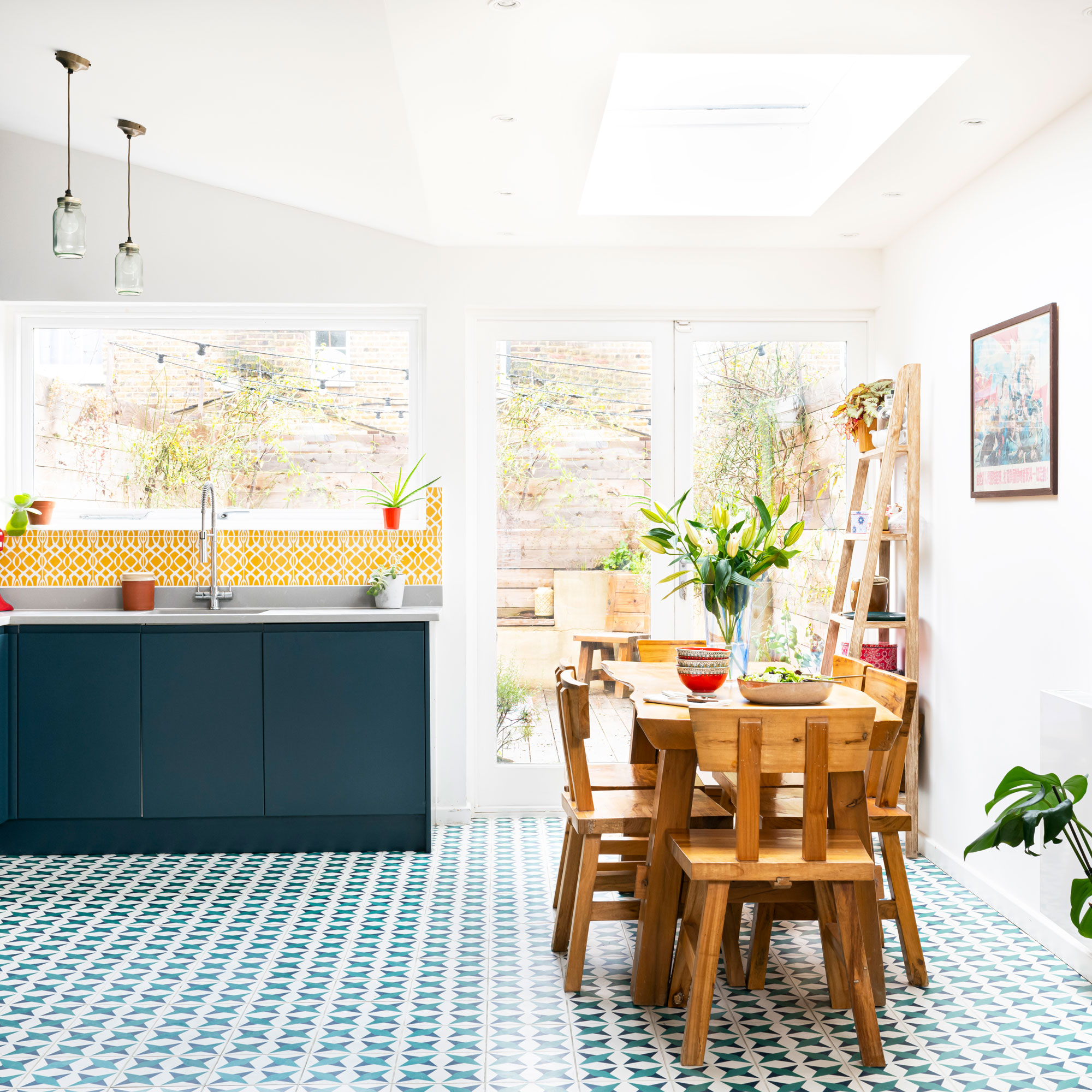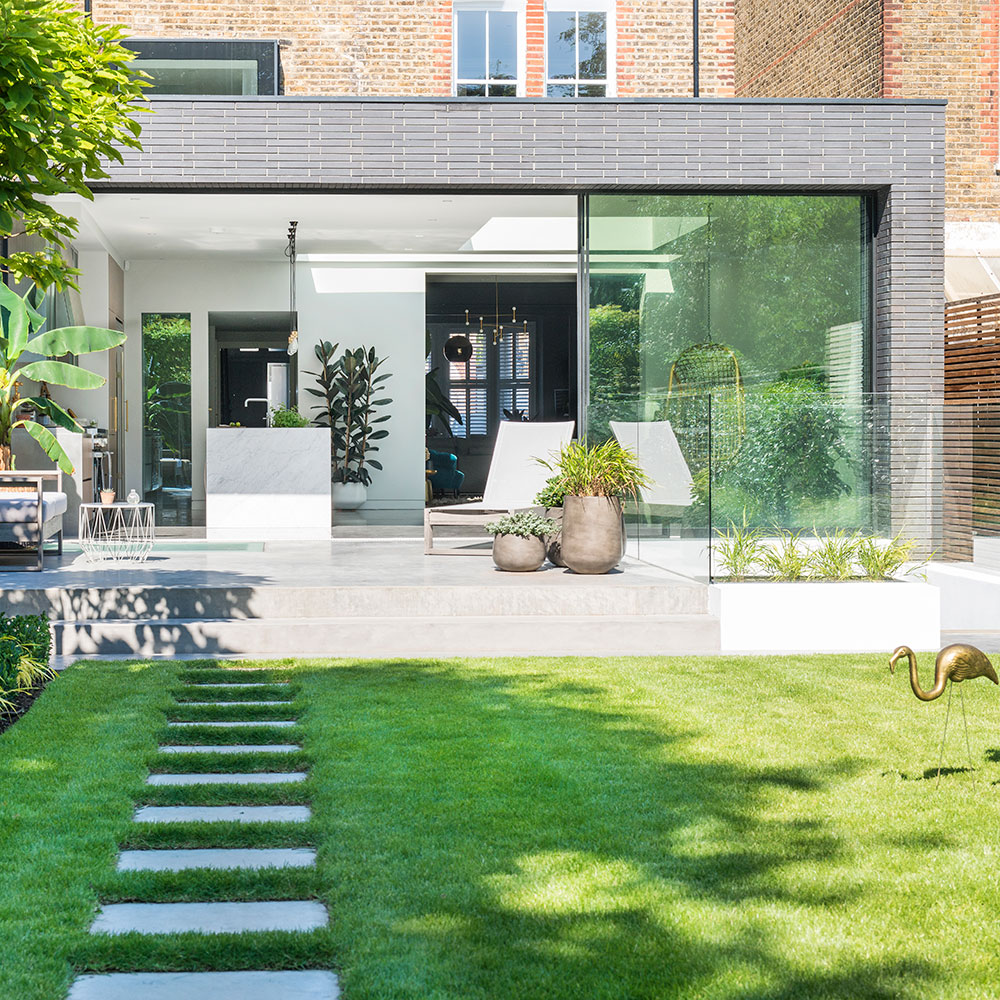Flat roof insurance explained: are you covered?
If you have a home with a flat roof it may be more expensive to insure. Here’s what you need to know about flat roof insurance to make sure you're covered
Most homes in the UK have a pitched tiled or slate roof, which is what insurers consider to be standard, but if all or some of your roof is flat you could find getting flat roof insurance for it more tricky and that you have to pay more. There are plenty of options, though, so you should always be able to get cover.
Damage to your roof, such as from strong winds or a falling tree, can be costly to fix and if water gets into your home it can cause extensive damage inside so you need to make sure your home insurance would cover it.
What is flat roof insurance?
Buildings insurance covers damage to the structure of your home caused by events such as fire, a storm or vandalism, and this includes the roof. Contents insurance would cover any damage to your belongings as a result of roof damage.
Flat roofs – usually defined by insurers as roofs with a slope of less than 10 degrees – can be more prone to damage and leaks because water and debris can collect more easily. They also need extra maintenance to keep them in good condition and can give thieves easier access to your property.

As you’re more likely to have to make a claim if you have a home with a flat roof, insurers consider them more risky to insure. This is why you may need to take out a non-standard home insurance policy and pay a higher premium.
‘You’ll get a mixed response from different insurers,’ says Graeme Trudgill, executive director of the British Insurance Brokers’ Association (BIBA). ‘Some insurers don’t like insuring flat roofs. Others are OK with them as long as you re-felt them regularly in the case of felt roofs, for example.’
You don’t take out roof insurance covering the flat roof alone but rather a policy that covers your entire property, including its flat roof.
Sign up to our newsletter for style inspiration, real homes, project and garden advice and shopping know-how
When do you need flat roof insurance?
Insurers generally consider your roof to be non-standard if more than 30% of it is flat so may not cover it as part of their standard buildings policy. Some, such as Admiral, will include cover for a flat roof as standard however.
So, if less than 30% of your roof is flat you should be able to take out a standard buildings insurance policy in the normal way. More than this and you may need specialist insurance from either a mainstream insurer or one specialising in insuring non-standard homes.
What your roof is made of will also affect the price as some roof materials are considered more likely to deteriorate and leak than others. This could have an even bigger impact than whether your roof is flat. Possible materials include felt on timber, concrete, asphalt, corrugated iron and glass.
‘We offer cover for all types of roof material but additional premium and policy conditions may apply,’ says David Fowkes, head of household underwriting at Admiral. Other insurers may not cover certain types if they consider them to be too risky.
How to get the best flat roof insurance deal

As with any type of insurance, the best policy for you won’t necessarily be the cheapest. You need to make sure it covers everything you need it to and this means giving insurers all the relevant information, such as how much of your roof is flat and what it’s made of, when you’re getting quotes.
‘Be honest from the start when you disclose the percentage as it’s based on trust,’ advises Graeme. ‘And don’t be tempted to change your answers when you’re applying online to get cover.’
You may be able to find information about your flat roof in the property’s survey if you have one and estimate the proportion that is flat by looking at your home on Google Earth.
To get the insurance you need at the lowest price shop around using comparison sites or by speaking to an insurance broker, who will be able to find the best policy for your needs. This is particularly helpful if you live in a non-standard home. You can find a broker by visiting the BIBA website or calling 0370 950 1790.
Insurers may want to see evidence that your roof has been kept in good condition and is regularly inspected so make sure you stay on top of this and get the necessary documents to prove it.
Other ways to keep costs down are to agree to paying a higher excess (the amount of any claim you have to pay yourself), take out building and contents insurance cover with the same insurer and avoid unnecessary add-ons.